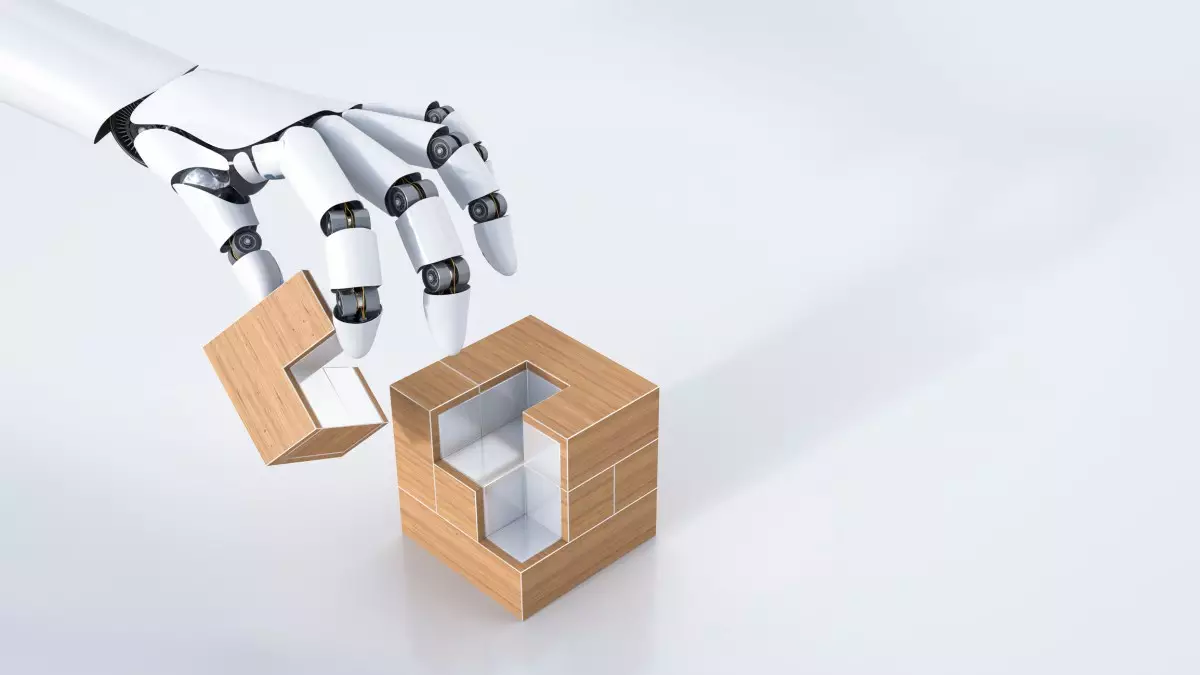The landscape of manufacturing has undergone a seismic shift with the advent of robotics, revolutionizing traditional approaches to production and labor. In 2023, the introduction of over 540,000 new industrial robots underscored an unwavering commitment to automation, pushing the total number past four million worldwide. The International Federation of Robotics (IFR) has noted that while industrial robots excel in tasks characterized by repetition and volume, challenges persist. These machines struggle with dexterity, environmental adaptation, and executing jobs requiring nuanced movements or decision-making capabilities. For instance, envisioning a robot navigating a restaurant kitchen highlights its limitations; instead of enhancing efficiency, it risks becoming an obstacle. This paradox reveals a significant gap that still exists between human capabilities and robotic efficiency, which innovative startups like RLWRLD aim to bridge.
RLWRLD’s Groundbreaking AI Model for Robotics
Emerging from stealth mode, South Korean startup RLWRLD is on a mission to align robotic performance with human-level adaptability. The company leverages a foundational AI model that marries advanced verbal processing from large language models with traditional robotics applications. CEO Jung-Hee Ryu envisions this technology as a catalyst for enabling robots to replicate complex human maneuvers while instilling a framework for logical reasoning. Such advancements not only promise to streamline manufacturing processes but also offer the potential to minimize manual intervention in roles characterized as tedious. The implications here are profound; with automation capable of mimicking human expertise, substantial productivity gains are achievable.
The financial backing for RLWRLD is equally compelling. Recently securing a seed funding round of 21 billion KRW (approximately $14.8 million), with notable investments from significant players such as LG Electronics and SK Telecom, the startup is poised for expedited growth. This influx of resources is earmarked for proof-of-concept initiatives and enhancing their technological infrastructure, including the acquisition of data-collection devices and robots necessary for validating their model. Ryu’s vision encompasses developing robots capable of intricate five-fingered manipulations, an area where existing competitors have yet to excel. This commitment to pushing the envelope in robotic dexterity could redefine industry benchmarks.
A Vision Built on Collaboration and Research
The foresight Ryu exhibits is not merely aspirational; it is grounded in collaborative engagement with reputed institutions and strategic partnerships. By aligning with top-tier universities in South Korea, RLWRLD is tapping into local expertise to refine its foundational models. Ryu’s initiative was inspired by observing the disparity in AI advancements between Asia and Western nations, particularly noting the lack of AI-focused robotics ventures in Korea and Japan. Engaging with academic professionals underscored systemic deficiencies in infrastructure, such as limited data availability, a shortage of GPUs for processing power, and the overall barriers faced by aspirational entrepreneurs.
His strategic pivot toward robotics foundation models (RFM) is not just a response to competitive landscapes; it reflects a calculated harnessing of Korea and Japan’s manufacturing prowess. By prioritizing automation technologies tailored for specific industry needs, RLWRLD is uniquely positioned to thrive in an increasingly saturated technology sector where many firms struggle with generalized methods. Ryu’s approach fosters a sense of unity between academic inquiry and practical application, creating an ecosystem primed for innovation.
The Competitive Landscape and Future Ambitions
Despite RLWRLD’s promising trajectory, it faces competition from both nascent startups and established giants like Tesla, Google DeepMind, and Nvidia, all striving to carve out space in the robotics domain. Yet, Ryu maintains confidence in his startup’s ability to outperform competitors. RLWRLD distinguishes itself by focusing on high-degrees of freedom in robotic designs, positioning itself to deliver superior outcomes. This specialized focus could grant the company a strategic advantage in terms of performance adaptability and operational efficiency.
Additionally, RLWRLD’s accessibility to data from nearby manufacturing entities enhances its practical learning capabilities, further refining its models and enabling real-world application testing. The prospect of generating initial revenue through collaborative proof-of-concept projects is on the horizon for RLWRLD, with ambitions to extend its solutions into domains beyond industrial spaces. Future aspirations include automating number of human-centric workflows across logistics and even domestic settings, tackling mundane household tasks.
In a market increasingly focused on automation, RLWRLD represents a beacon of innovation, driven by foundational research and collaborative synergies. By addressing the specific limitations of current robotic technologies, the startup is not merely building a better robot; it is creating a smarter future—one where human ingenuity and robotic efficiency converge to redefine productivity standards.

